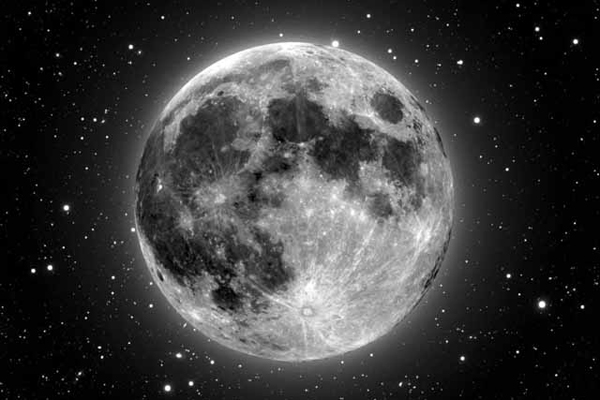The 'Supermoon' Did Not Cause the Japanese Earthquake and Tsunami

The devastating earthquake and tsunami that struck Japan earlier today (March 11) were "completely unrelated" to the approaching "supermoon," despite a news report that tied the earthquake to the upcoming lunar event, according to U.S. Geological Survey geophysicist John Bellini.
The supermoon will occur on March 19, when the moon is at or near its point of closest orbit — lunar perigee — and is also full. As we explained in our previous coverage of the upcoming supermoon, seismologists have found no evidence to believe that lunar perigees heighten seismic activity.
The best evidence that this earthquake was not caused by the lunar cycle is that it happened now — exactly a week away from the date the moon will be full, and almost a week after it was new, the two times that the moon exerts its greatest pull on the planet. A very small correlation exists between full or new moons and seismic activity, because the stronger-than-usual tidal forces caused by the alignment of the sun and moon puts added stress on tectonic plates.
But this quake happened with the sun and moon askew — the time when tidal forces are weakest. Putting aside the fact that the moon doesn't trigger massive earthquakes, blaming this quake on the supermoon is like trying to pin a house fire on an arsonist who is out of town at the time of the crime.
The Japanese earthquake thus points to the fact that astrology — an astrologer was the first to suggest the supermoon could be a threat — isn't a science. That this earthquake occurred a week before an astronomical event is mere coincidence. The vast majority of earthquakes, tsunamis, volcanic eruptions and natural disasters do not follow the lunar cycle or tides. "This is something that builds up over hundreds of years," Bellini told Life's Little Mysteries.
This article was provided by Life's Little Mysteries, a sister site to LiveScience. Follow Natalie Wolchover on Twitter @nattyover
Sign up for the Live Science daily newsletter now
Get the world’s most fascinating discoveries delivered straight to your inbox.
Natalie Wolchover was a staff writer for Live Science from 2010 to 2012 and is currently a senior physics writer and editor for Quanta Magazine. She holds a bachelor's degree in physics from Tufts University and has studied physics at the University of California, Berkeley. Along with the staff of Quanta, Wolchover won the 2022 Pulitzer Prize for explanatory writing for her work on the building of the James Webb Space Telescope. Her work has also appeared in the The Best American Science and Nature Writing and The Best Writing on Mathematics, Nature, The New Yorker and Popular Science. She was the 2016 winner of the Evert Clark/Seth Payne Award, an annual prize for young science journalists, as well as the winner of the 2017 Science Communication Award for the American Institute of Physics.










